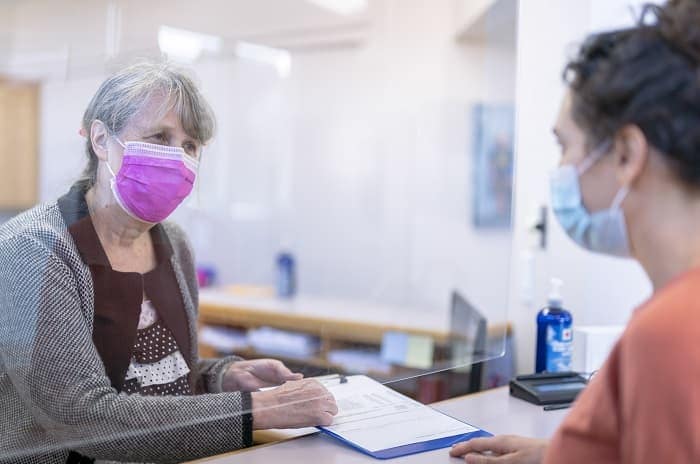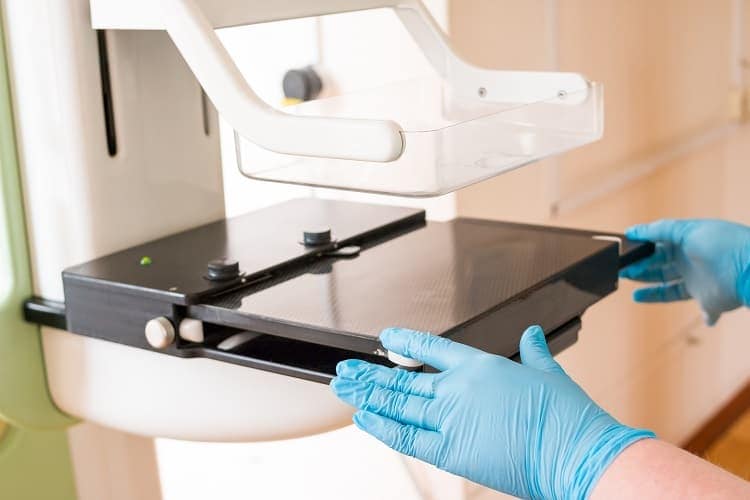Reducing Structural Barriers
Eastern Iowa Health Center helps immigrants, refugees, people who are experiencing homelessness, and many others access health care. This video explains how.
Patients who can’t get to appointments or who don’t understand the health care system are less likely to get screened for cancer. Interventions that remove barriers for patients have increased breast cancer screenings by 18% and colorectal cancer screenings by 37%.
How to Make Screening Easier for Your Patients
Transportation help: Provide rides to and from appointments.
Think about: Partnering with local organizations that already provide transportation services. Provide a range of options where available, including bus passes, gas cards, or taxi or ride-sharing services to appointments.
Flexible hours: Open clinics earlier, close later, and offer appointments during lunch hours or weekends.
Think about: Recruiting volunteers to staff your clinic during extended hours, rotating providers to reduce burnout, and providing enough funding for longer clinic hours.
More locations: Offer screening at worksites or mobile mammography vans and neighborhood pick-up locations for stool samples.
Think about: Developing new partnerships and identifying what new resources may be needed.
Less paperwork: Get rid of unnecessary and confusing forms and help patients set up appointments. Offer translation services and patient navigators.
Think about: Sharing translation staff with other clinic programs or using language interpreting telephone services.
Patient navigation: Assign staff to help patients identify and overcome barriers to cancer screening.
Think about: Investing enough resources to make sure the system is successful. Share patient navigators with other clinic programs to save money.
How to Start
For detailed information, see the Reducing Structural Barriers Planning Guide.
Find out what your community needs: Talk with people in the community who need to be screened and reach out to local organizations. Use data to determine if a specific intervention is needed.
Try a pilot project: Start with a small change that doesn’t need a lot of resources. Record any changes in cancer screening rates and make changes as needed. Track costs so you can estimate how much money will be needed to make bigger changes.
Make sure your efforts will last over time—
- Get support from public health and community leaders and work to keep it.
- Partner with local organizations to share resources.
- Focus financial and other resources on clients who need them most.
- Look for no-cost or low-cost ways to help your patients where available. For example, you could—
- Partner with local transit systems instead of giving clients gas cards to get to appointments.
- Seek volunteers or extend weekday hours before paying more to open the clinic on weekends.
- Use existing mobile mammography services instead of buying and staffing your own mobile unit.
- Use language interpreting telephone services instead of translators.
Find a CDC-funded breast and cervical cancer screening or colorectal cancer control program in your area. These programs can partner with you and provide support and technical assistance.
The Guam Breast and Cervical Cancer Early Detection Program allowed women to sign up at one of its three partner clinics. Women could join the program and get screened for cancer on the same day.
The Florida Breast and Cervical Cancer Early Detection Program focused on transportation and travel time as possible reasons for low screening rates.

